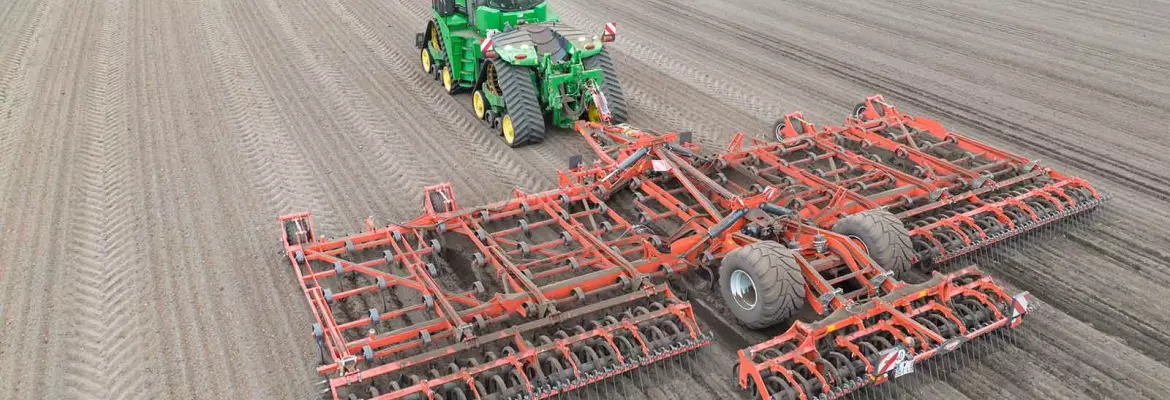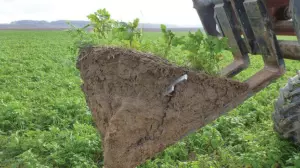
Conservation tillage methods include several approaches that aim to minimize soil disturbance and promote environmental benefits. Conservation tillage methods are used for a wide variety of crop types.
Preserving the land with Conservation Tillage methods
Conservation tillage practices offer several benefits for both farmers and the environment. By minimizing soil disturbance, these techniques prevent the loss of essential nutrients. Retaining crop residue on the surface improves organic matter content, creating a nutrient-rich soil environment. Additionally, conservation tillage reduces erosion, conserves water, and promotes sustainable agriculture.
Save time and reduce fuel consumption
Conservation tillage practices contribute to time savings and reduced fuel consumption in several ways. First, by minimizing soil disturbance, these techniques eliminate the need for extensive soil inversion, which requires more energy and fuel. Second, fewer passes of heavy machinery are necessary across the field, saving labor time and reducing fuel usage. Additionally, leaving crop residue on the soil surface after planting acts as a natural mulch, reducing the need for additional weed control measures and further saving time.
Don’t invert soil and disrupt natural soil structure
Conservation tillage practices generally do not mix the soil layers extensively. Unlike traditional plowing, which inverts and mixes soil layers, conservation tillage methods aim to disturb the soil as little as possible. For example, no-till farming leaves the soil undisturbed, preserving its natural structure and minimizing mixing. Other techniques like strip tillage disturb only specific zones for planting, leaving the rest of the soil relatively untouched. By maintaining soil layers, conservation tillage helps protect soil health and prevent erosion.

Agronomy takes center stage
Changing to Conservation Tillage Methods places agronomy at the core of modern farming practices. These methods limit soil disturbance to specific zones for planting while leaving the rest of the soil undisturbed. By reducing the number of tillage passes by 40% or more compared to conventional practices, they conserve soil, preserve surface residues, and maintain environmental and economic viability.
